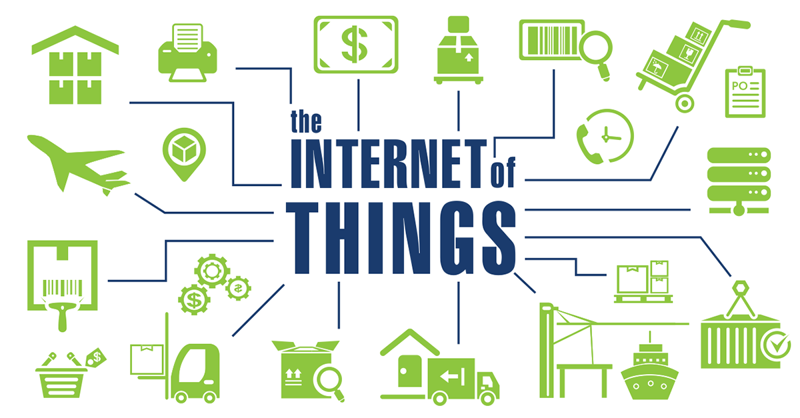SaaS-based shipping solutions have traditionally been limited to freight or low volume parcel shippers because of their need for high transaction processing speeds. Higher volume parcel shippers have had to install on-premise solutions to integrate with local data and devices, as well as address concerns related to data security. Some shippers have struggled with batch uploading data to SaaS environments, but those efforts have come at the cost of synchronization issues.
The advent of the Internet of Things (IoT) technology now facilitates real-time connectivity from the cloud to local data sources and devices such as scales, printers, and other material handling devices. This enables parcel shippers to move past the limitations of SaaS and enjoy the low cost, faster time to benefits these solutions can offer.
The Growth of IoT
The growth of the IoT over the last few years has been astounding. Dubbed by some as the next Industrial Revolution, BI Intelligence estimates that more than $6 trillion will be spent on IoT solutions over the next five years, with more than 24 billion IoT devices connected across the Internet.
IoT technology has overcome many of the security concerns identified by IT professionals. IoT servers establish secure “channels” to local components without introducing the kinds of issues experienced with browser plugins and rich clients. Increasingly, companies are using IoT with SaaS solutions for a variety of complex business operations, including factory automation and robotics. For other examples, look no further than the Nest controls in your own home.
For parcel shippers, SaaS and the IoT offer a way to connect shipping systems to other related operating systems – internal and external to the company – in ways that help eliminate manual data entry, reduce costs, and improve operating efficiency.
IoT Enables SaaS Benefits
There are many specific benefits small parcel shippers can immediately gain from implementing an IoT-enabled SaaS parcel shipping solution:
- Order Data Integration: To automate shipment processing, SaaS shipping solutions need access to order header and line item information. If that data is stored in a WMS, OMS or ERP system installed on premise, an IoT connector can access data from the cloud in real time, process the package, and then return charges and tracking information to confirm the shipment. The cloud to enterprise system integration is seamless, fast, and secure.
- Device Integration: Most SaaS solutions do not integrate with devices such as scales, scanners, dimensioning scales, cameras, and thermal label printers. This means users have to manually enter weight and other data, and are limited to printers supported by a work station’s operating system (which usually outputs an 8.5” x 11” label). This is not ideal for high volume throughput. IoT connectors enable these devices for SaaS solutions.
- Widget Integration: Businesses that want to provide customers with self-service package tracking and returns capabilities within their websites have to develop programs to integrate with APIs. IoT technology provides a way to exchange data securely with plugin “widgets” within their web page.
IoT technology has opened the door for more high volume shippers to consider SaaS parcel TMS solutions as a viable and lower cost alternative to on-premise systems. Learn more about how enterprise shipping software can improve your parcel shipping execution.
